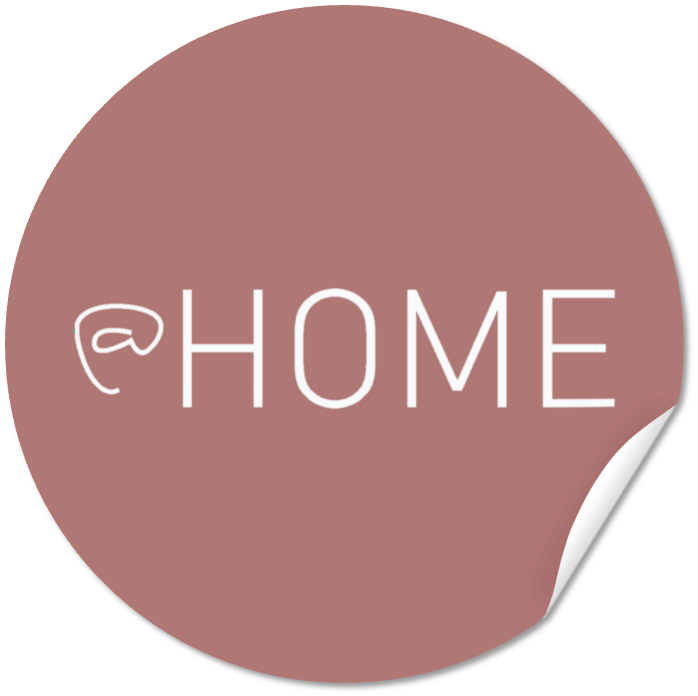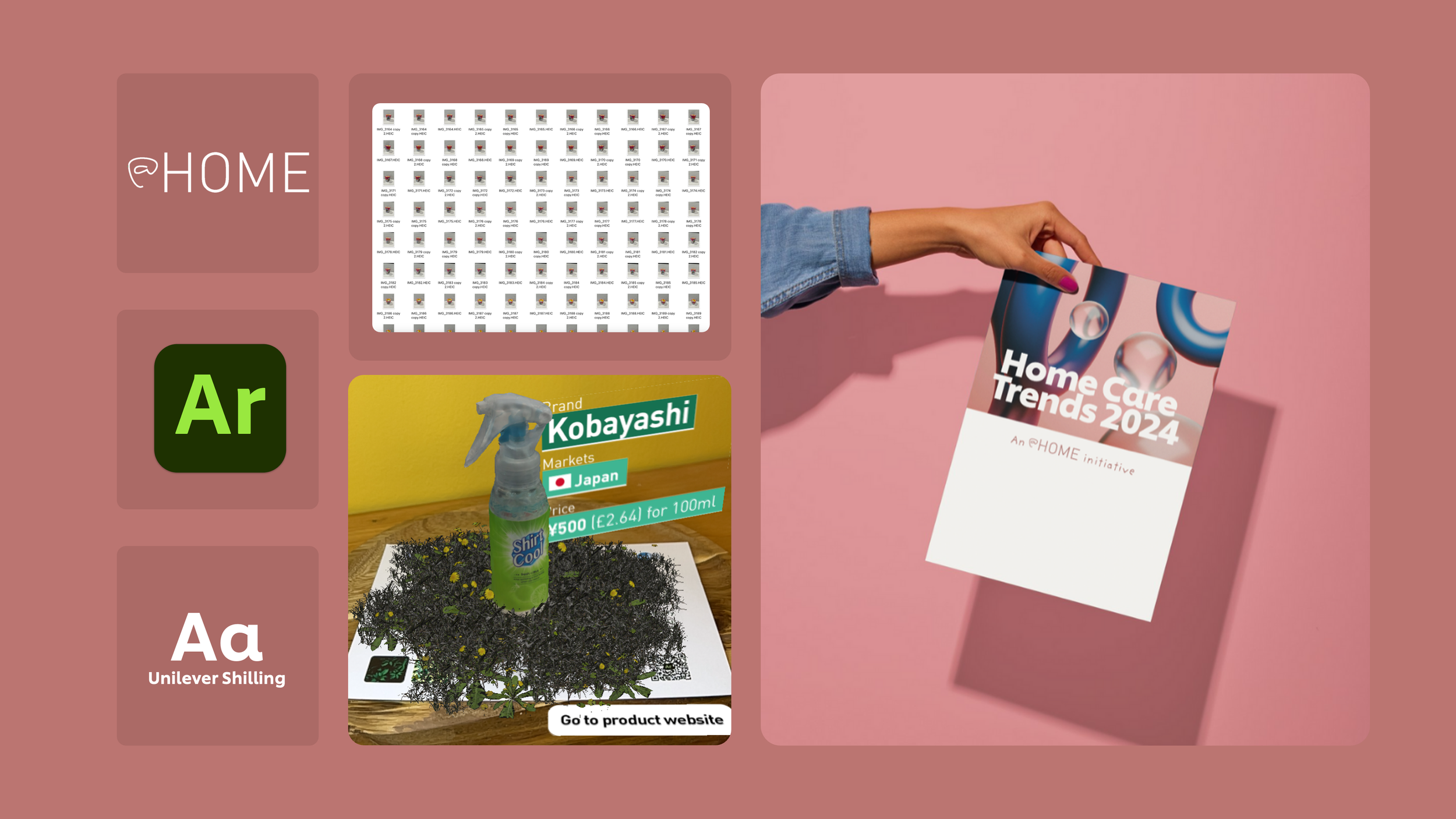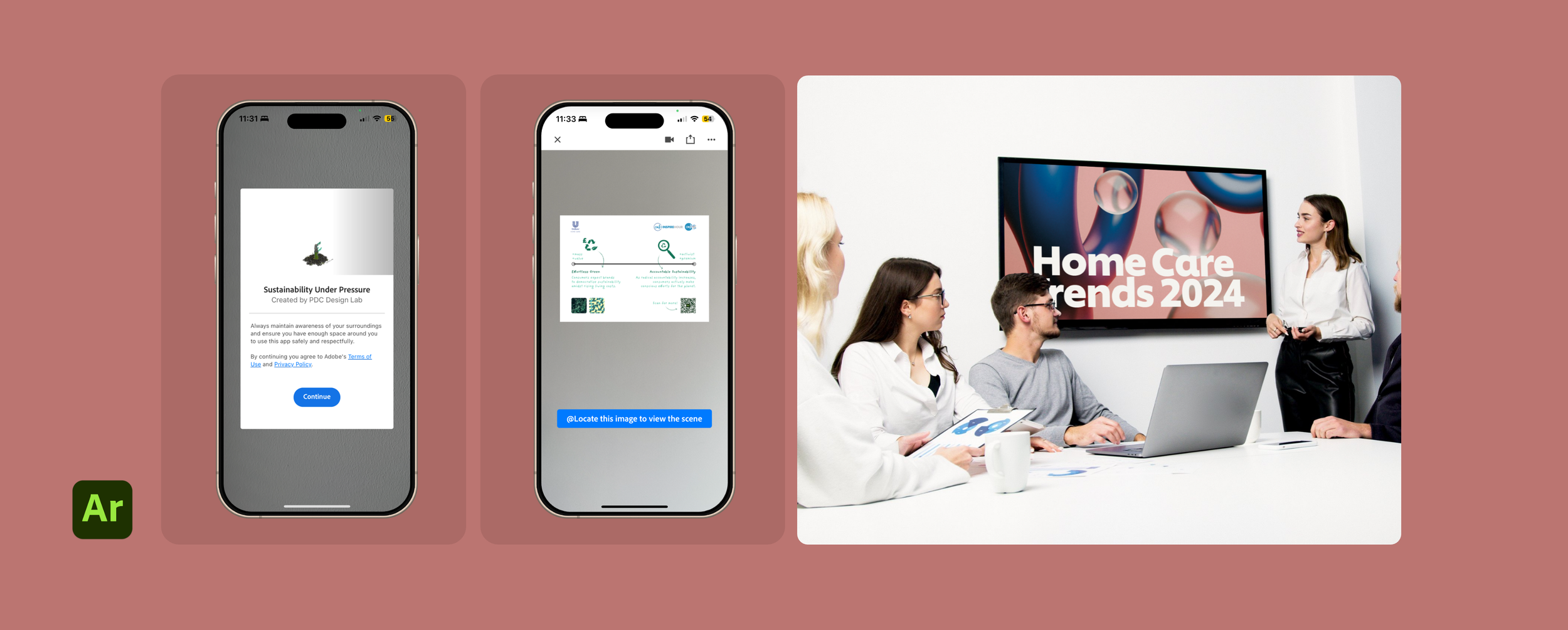
Home Trends
Print & AR
Create an interactive and engaging output material for workshop participants, providing them with a valuable resource to explore the Macro-Trends in the laundry and home cleaning category. The output should be both informative and visually captivating, encouraging further exploration and understanding at their own pace, as a take away material.
Print | Digital | Augmented Reality
N.B. Some examples of data have been hidden due to privacy restrictions.
Key Features:
Macro Trend Overview:
Summarise key macro trends in the industry, such as sustainability, smart technology, and consumer behaviour shifts. Include expert insights and market analysis.
Interactivity:
Incorporate some form of interactive elements, potentially embedded videos, and hyperlinks for deeper exploration.
Visual Appeal:
Utilise a modern, clean design with bold visuals and engaging typography. Include high-quality images, illustrations, and iconography to make the content visually compelling.
User Experience (UX) Considerations:
Ensure intuitive navigation with easy access to different sections and features. Design for accessibility, ensuring the content is easy to read and interact with on various devices.
Processes:
Mood boards were created on Pinterest for easy client collaboration, allowing them to add their own ideas. While the workshop covered key information, we aimed to provide participants with an engaging, interactive tool for further exploration. The concept of collecting six cards added a game-like element, and the use of AR offered an immersive, exhibition-like experience, leading users to explore the product in detail and access additional content via videos and links.
Once the ideas were finalised, we produced assets for the final stage. Product images were integrated into Adobe Aero, allowing for a 3D effect on the cards with minimal on-card information and links to more resources.
The Outcome
By continuing with existing visual identity elements, there was a recognisable brand that people resonated with, flowing through each room to further gain knowledge and also collect all six cards. Not only were they distributed within the workshop but also sent out to those who couldn’t attend. Users could explore further information in their own time, leaving them engaged within the workshop and not distracted on tasks that could be completed when it was over.







